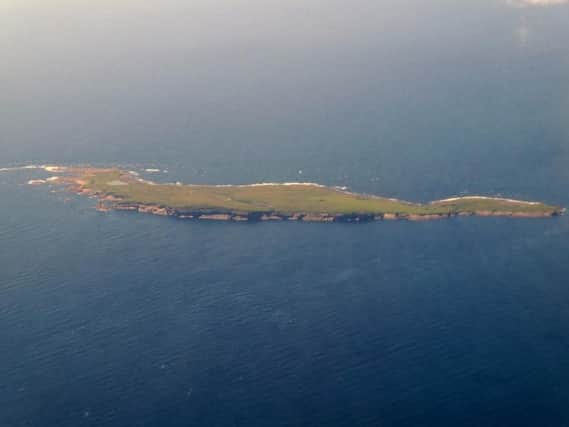Tour the eerie Scottish island of Swona - abandoned for over 40 years
Swona, in the Orkney Isles, was last inhabited more than 40 years ago. Since at least the early 1930s, just one family - the Rosies - called it home with the last brother and sister sailing off for the final time in 1974.


Today, only a herd of feral cattle can be found on the island in the Pentland Firth, which sits around seven miles north of John o’ Groats. Swona was one described by a newspaper - the Press and Journal - as “surely one of the queerest places of residence” in the British Isles given the isolation of its residents.